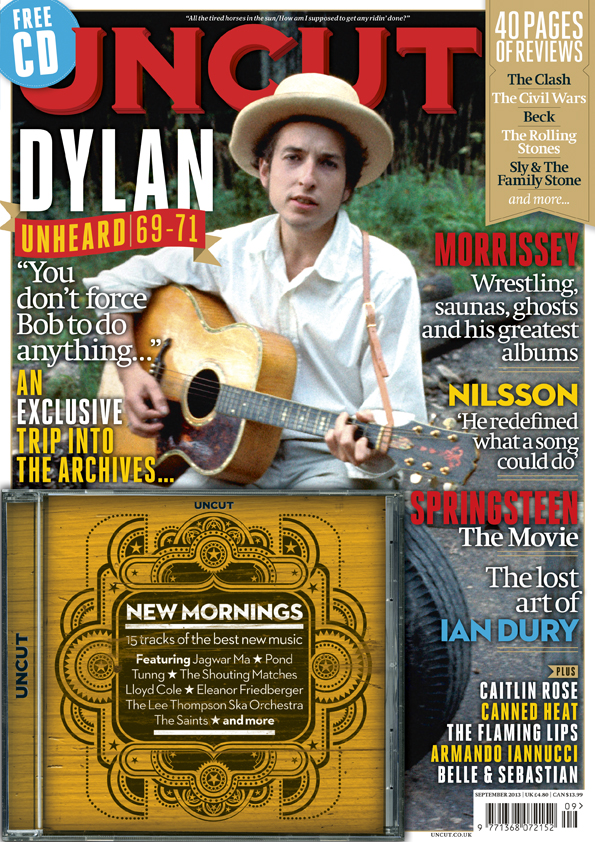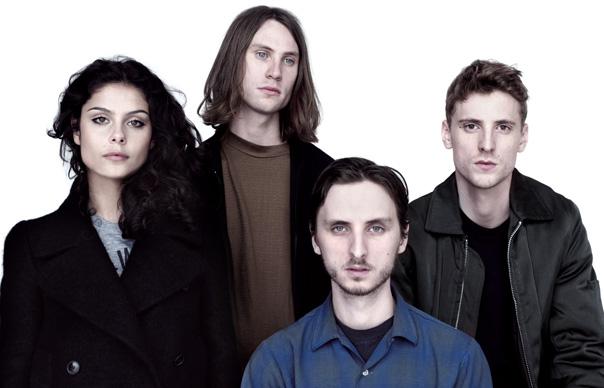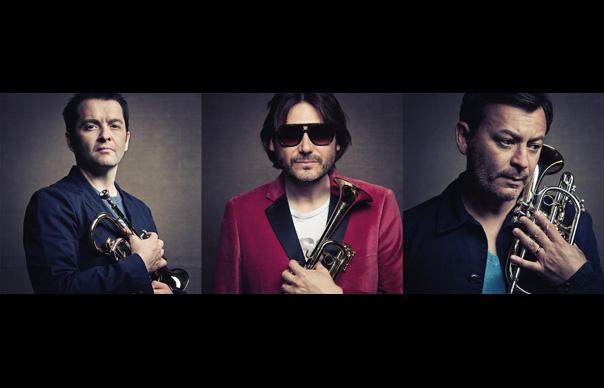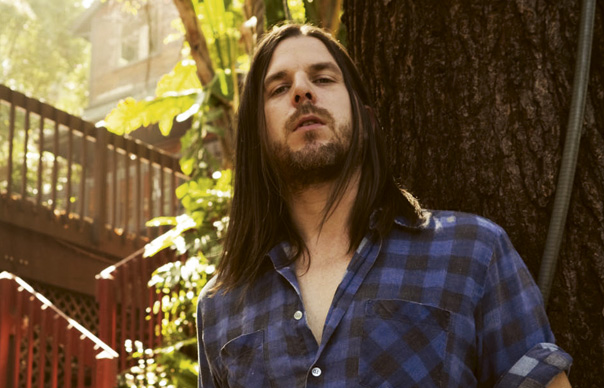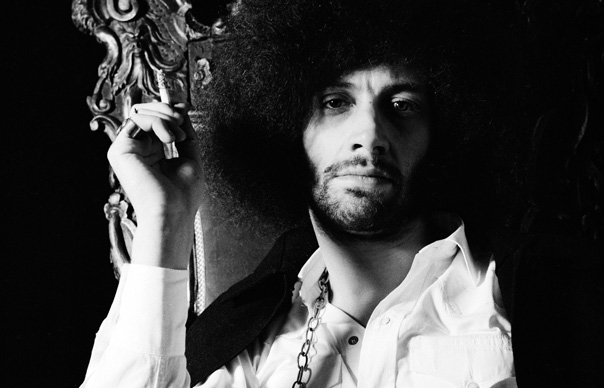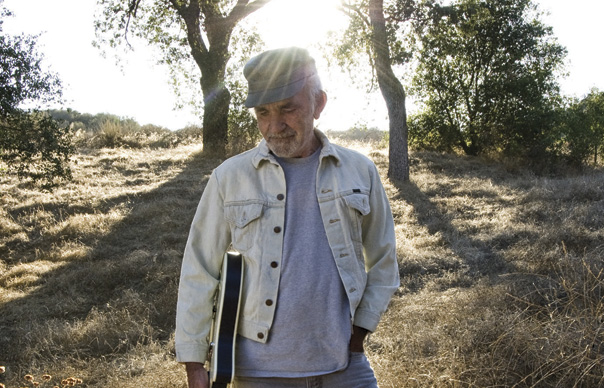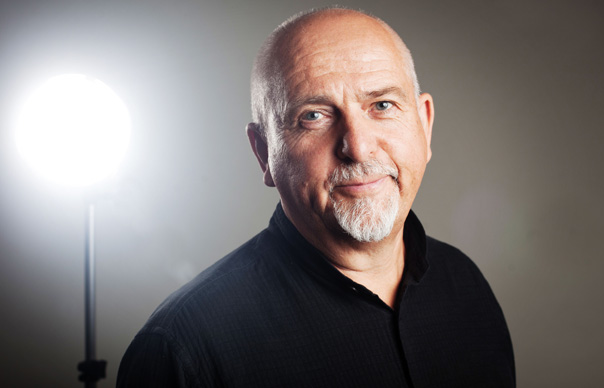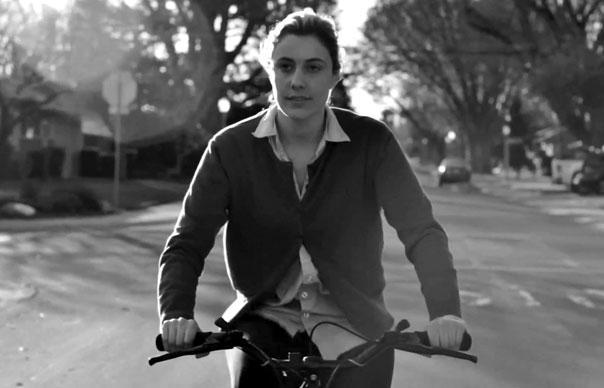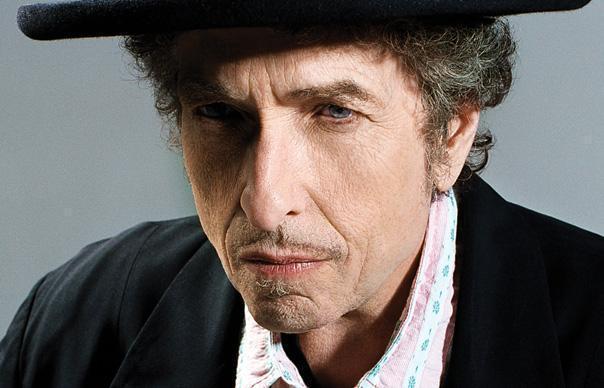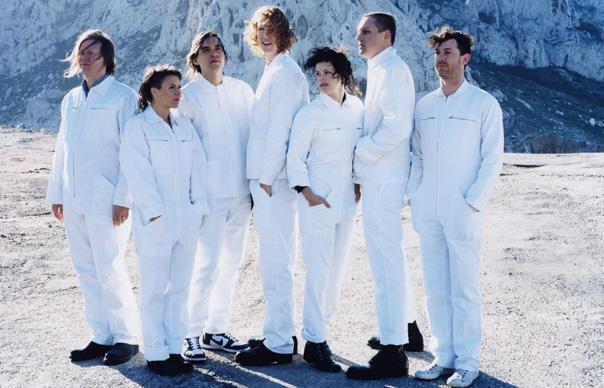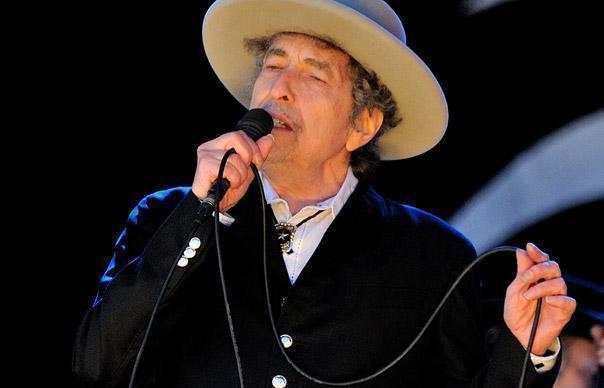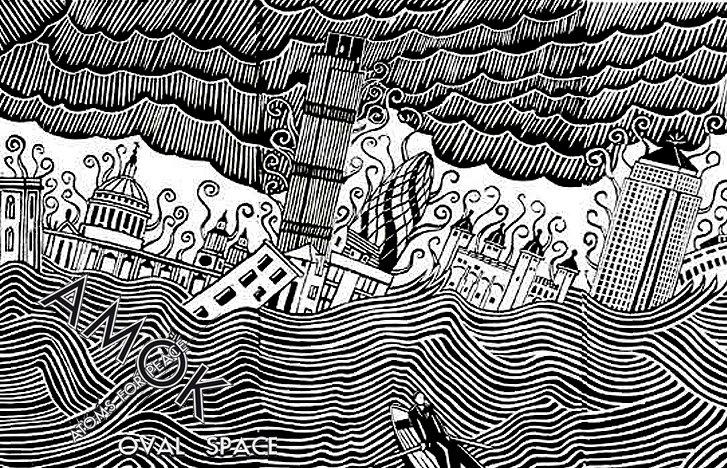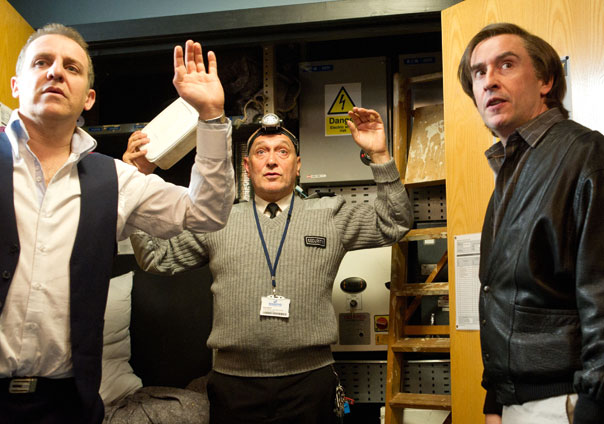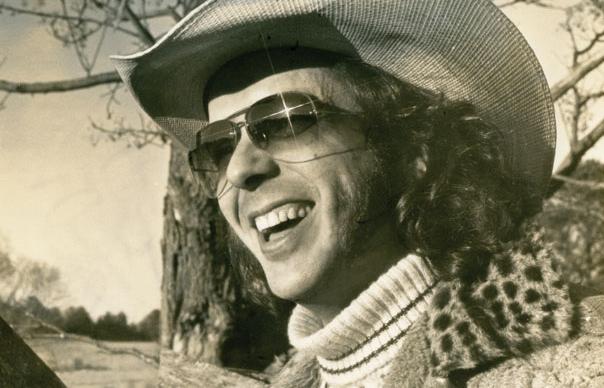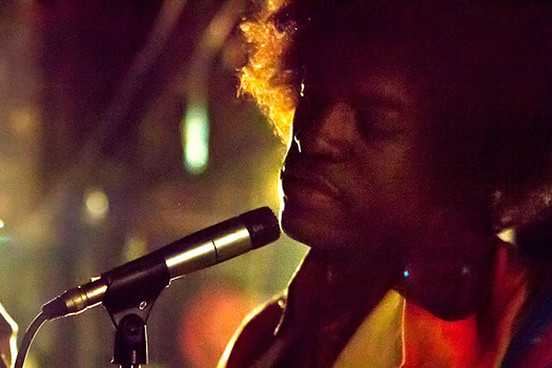ARE WE ROLLING?
I was sorry to read in last month’s Uncut that old-school country star Slim Whitman had died, news that had otherwise passed me by. Slim was a great favourite in our house when I was growing up, my father much enamoured of “Rose Marie”, which Slim had taken to No 1 on the pop charts, where it stayed for 11 weeks in 1955.
Years later, my dad was still playing it, and moved on occasions, usually inspired by drink, to actually serenade the household with his game if not entirely tuneful rendition of it.
I recalled brushing shoulders once with Slim, backstage at a show in Aberdeen. This was March, 1975. Slim had just come through the stage door, a big, raffish man. It was a foul night, rain sweeping the streets. Slim, I was impressed to notice, was dressed for the weather. He was sporting a Stetson that had been fitted into a clear plastic mould, shaped to accommodate every contour of his hat to protect it from the rain. It made him look like he was wearing an upturned chamber pot on his head, but seemed effective enough, even if when he doffed it to one of the ladies on the door he fair drenched the pour soul with the rainwater that had accumulated in its brim.
I was actually in Aberdeen that night to meet Wayne Nutt, otherwise known as ‘The Singing Oil Man’. Until being discovered by CBS, Wayne had been working the off-shore rigs up here. Now he has an album out called Oil Field Man, which causes much hilarity when it’s played in the offices of what used to be Melody Maker. He seems like a colourful sort, though, so I am soon on my way to Scotland where he’s touring with Slim. Unfortunately, by the time I get there MM’s unflattering review of his album has just appeared. Wayne thinks I’ve written it and tries to hang me by my scarf from a lamppost. He’s reluctantly talked out of stringing me up, but is clearly unhappy.
“Y’all were damn near dead and gone to hell,” he says, with much snarling menace, walking off.
When I get to know him a bit better, Wayne turns out to be thoroughly obnoxious, an unpleasantly surly Texan, a genuine redneck, his conversation full of bar-room brawls, assaults and what he calls knock-down drag-outs just for the pure hellish fun of it.
“A good fight,” he says, “is as good as a good drink. There’s nothing like fighting just for
the manly fun of it. You should try it some time. The worst beating I ever got was in Houston at The Polka Dot Lounge. Three old boys got to mouthin’ off and I thought, ‘Hell, there’s only three of them.’ I jumped and they proceeded to kick the livin’ hell out of me. I was in hospital for four days, but what the hell?”
And then he’s telling me how much he hates New York.
“The people there are damn Yankee idiots. I had six fights my first day there and I won them all, by God. The people were rude and intolerant. Don’t have time for no one. Don’t talk polite. Hell, where I come from, you talk to a man like that, he’s gonna knock your damn head off.
I stayed in New York a day and a half, fought my way from one end of Manhattan to the other.”
A couple of nights after the Aberdeen show, we are at his home outside Dunblane. There’s a dog named Rebel at his feet who looks as mean as Wayne.
“Rebel might look docile now,” Wayne tells us, “but when he gets angry, even I wouldn’t tangle with this old dog. If he’s after you, he’s gon’ get you. Your soul may belong to God, but your ass belongs to Reb.”
Wayne chuckles heartily at this and knocks back another large one.
“Anyone want to hear a nigra joke?” he asks then, the room emptying quickly, even Rebel giving him an appalled look.
SEPTEMBER ISSUE ON SALE FROM WEDNESDAY 31 JULY
Uncut is now available as a digital edition, download it now


